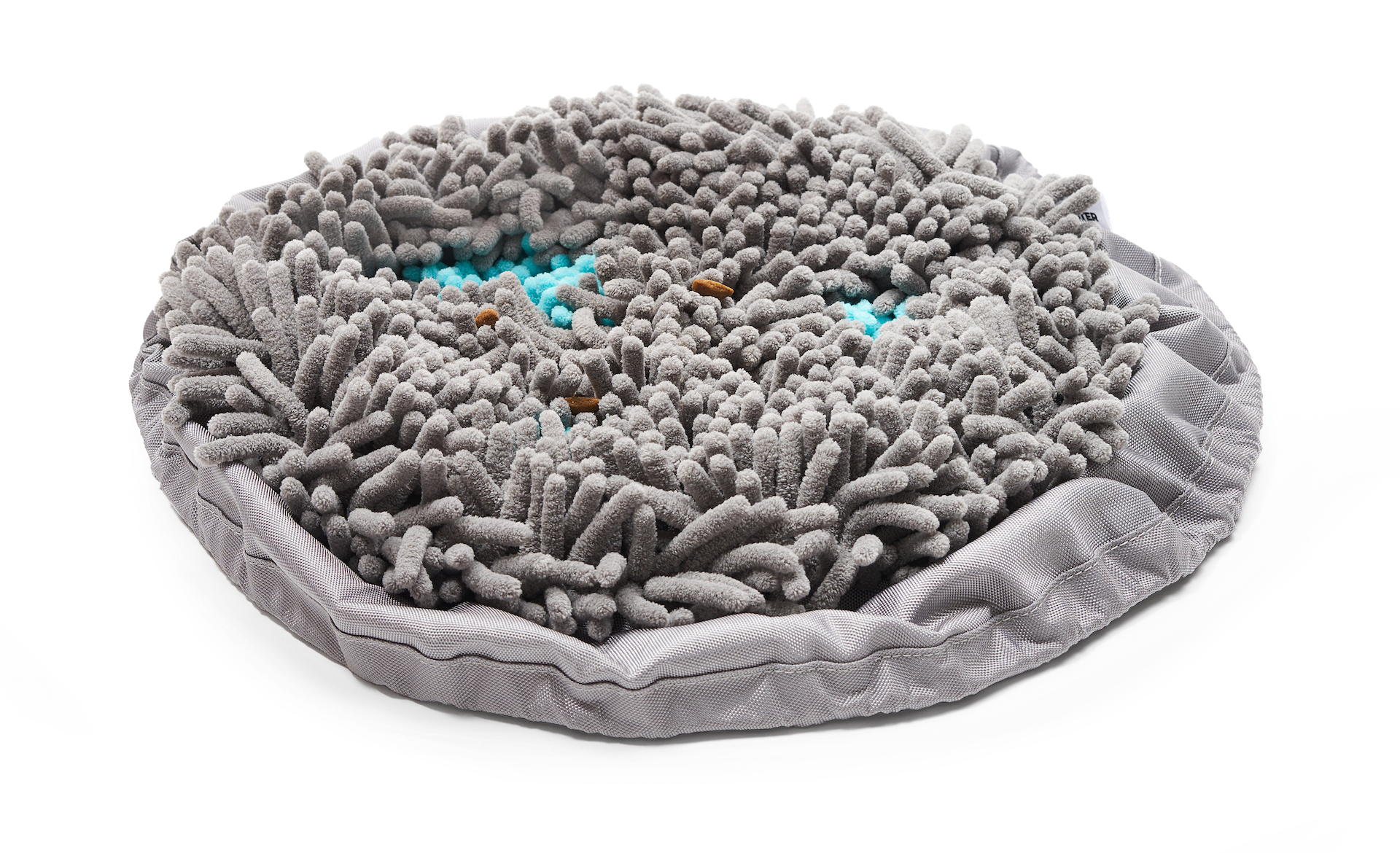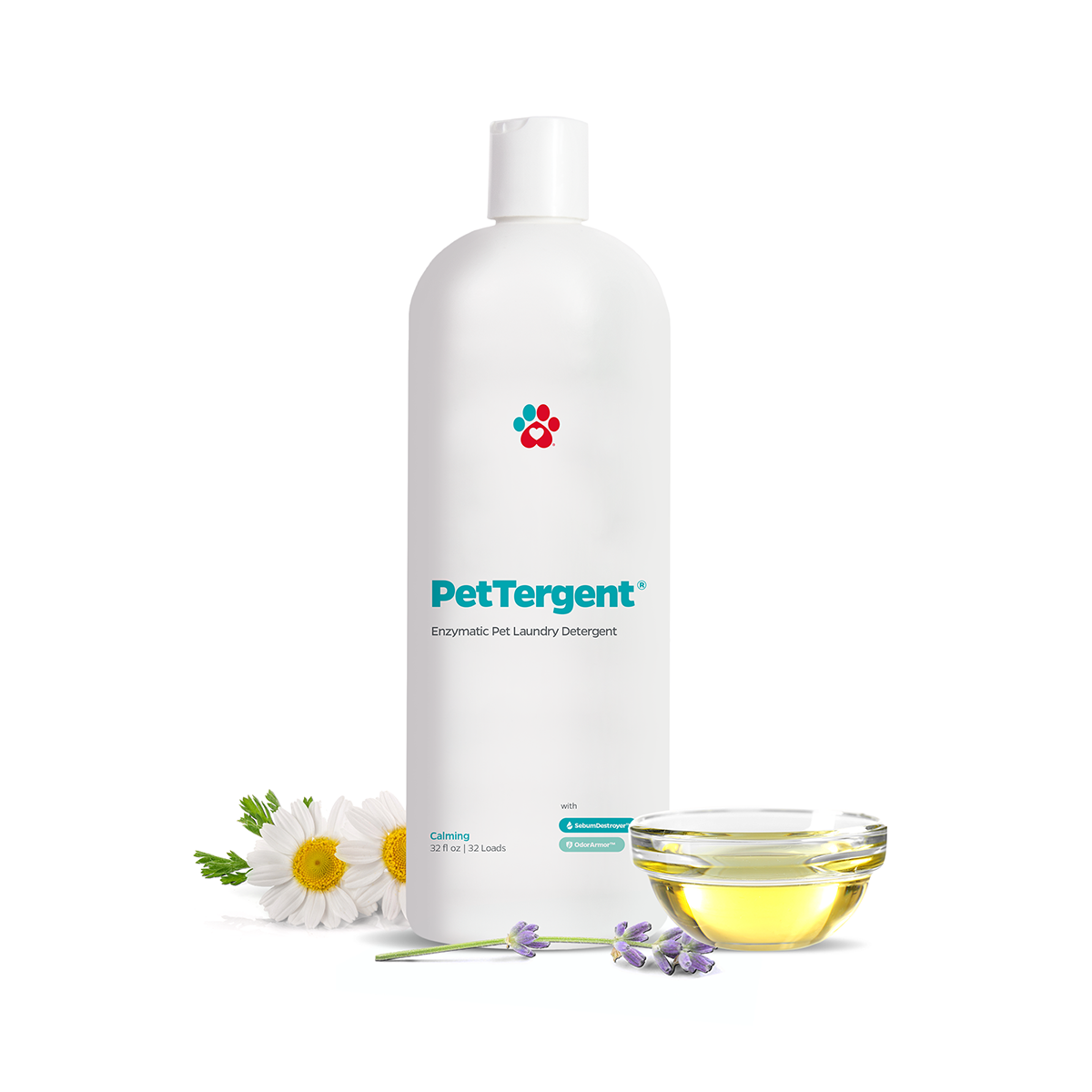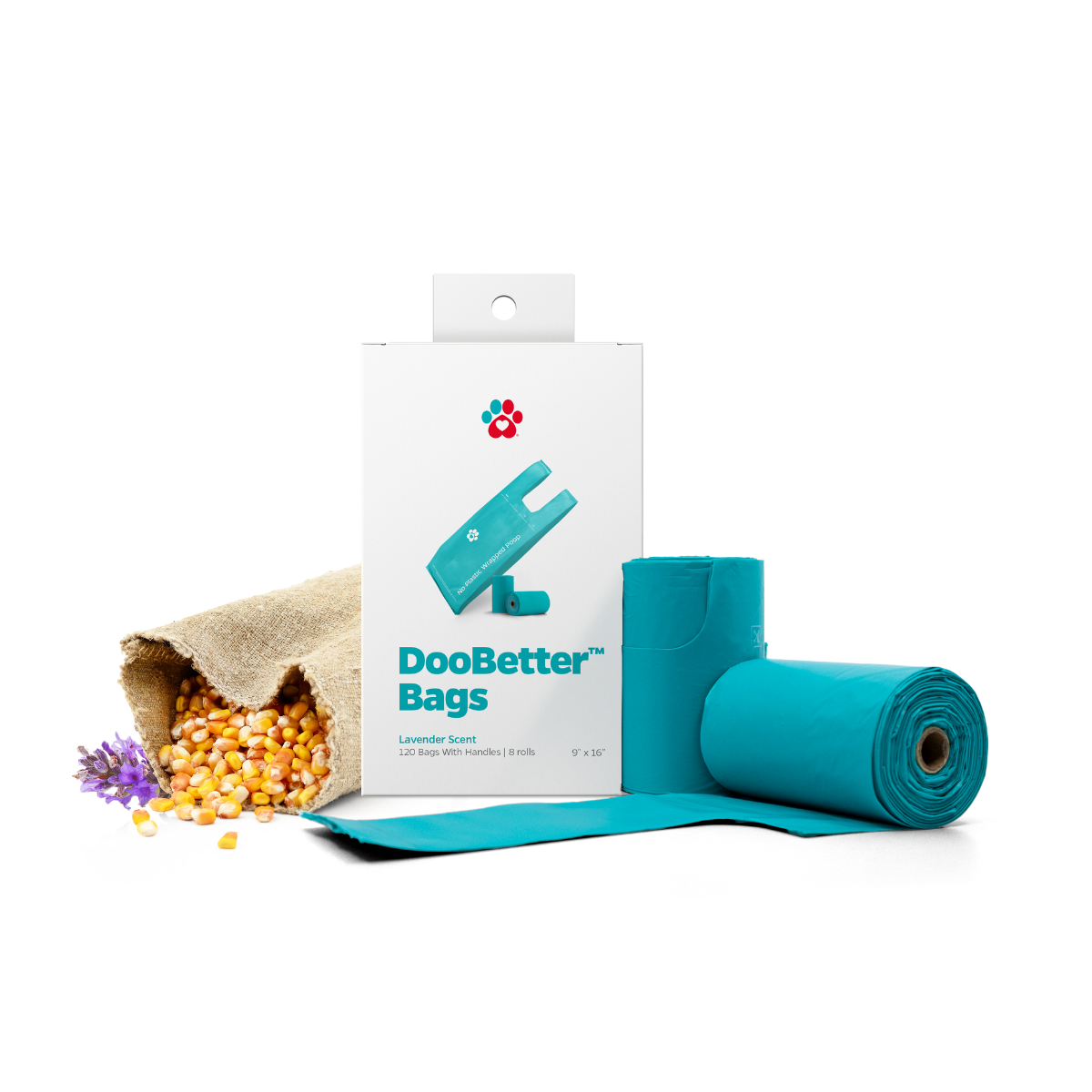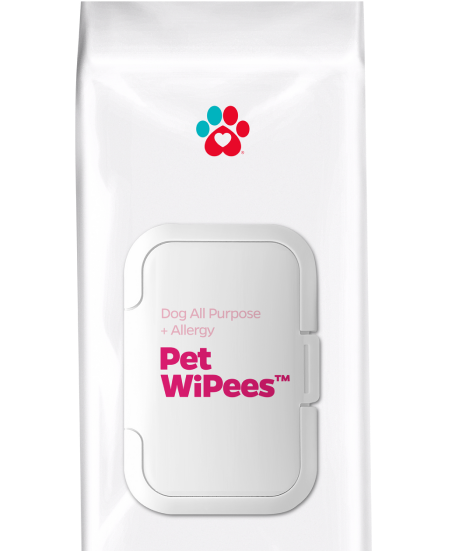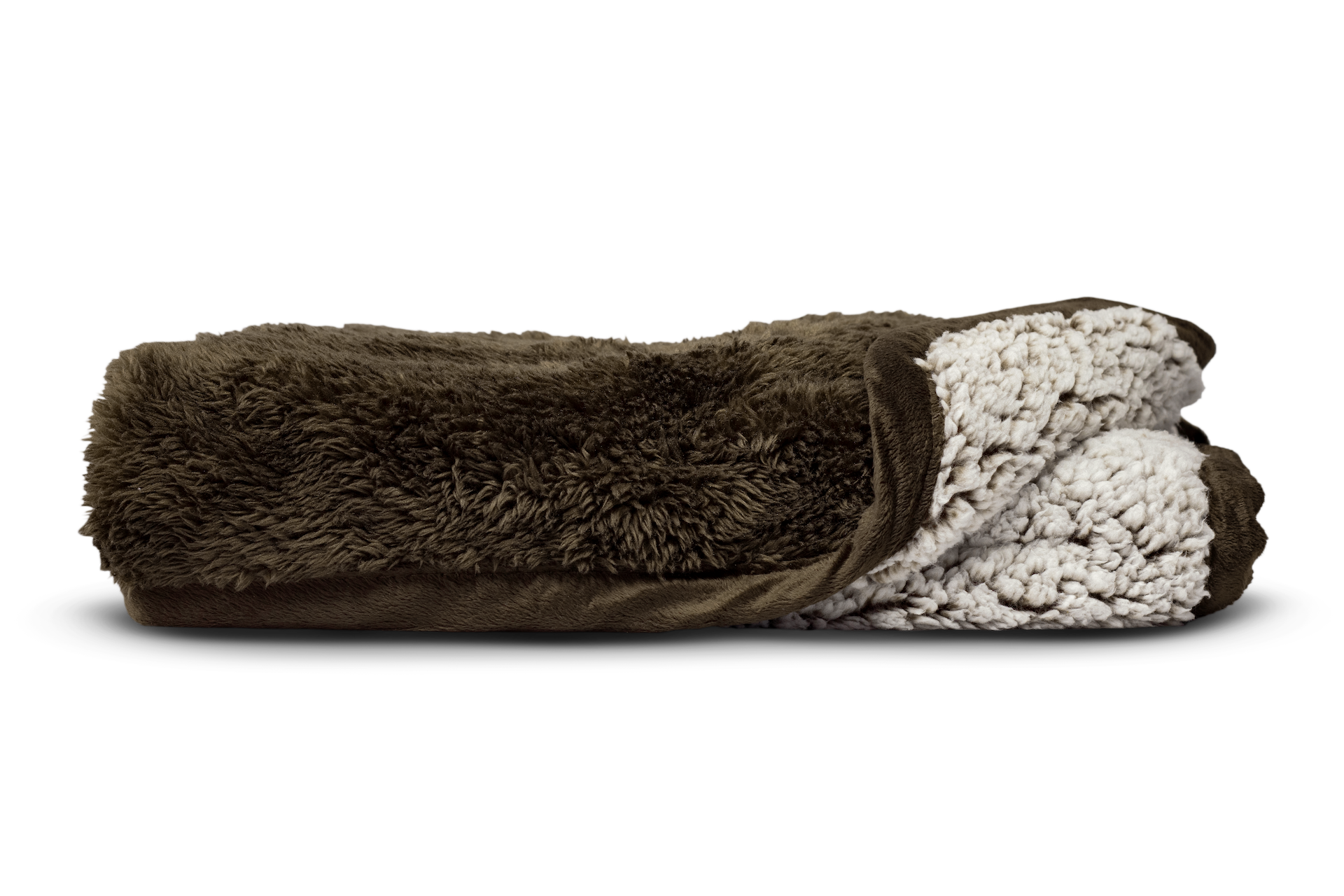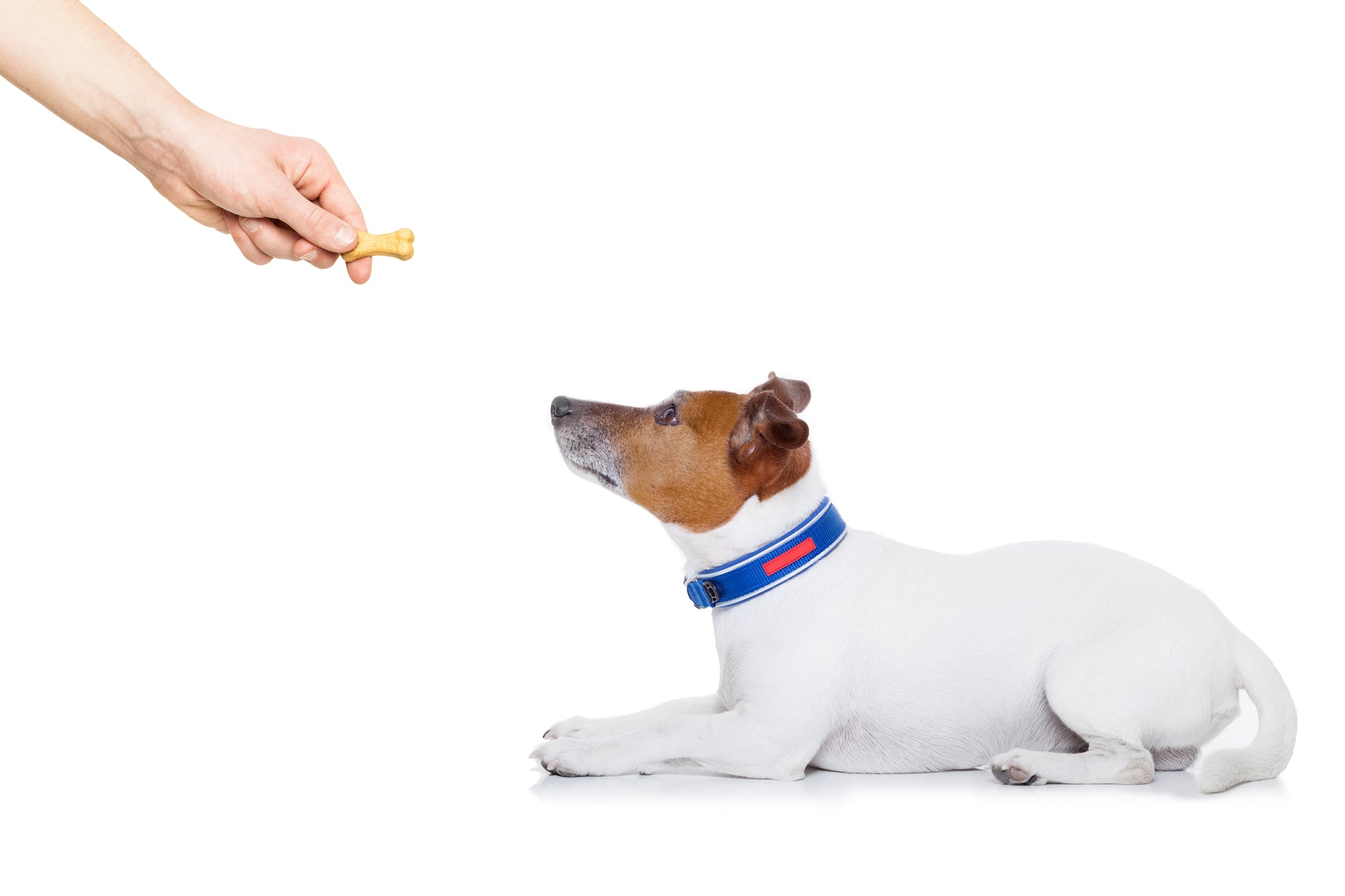"As you reinforce your furbaby’s commendable actions and behaviors, there is a much lesser chance of your dog getting involved in doing things or exhibiting behaviors you don’t like."
Positive reinforcement in dogs is a reward-based activity or training. This happens when you give your furbaby a reward when they do something good. Your dog will be able to associate that by doing certain things, rewards will be given.
As you reinforce your furbaby’s commendable actions and behaviors, there is a much lesser chance of your dog getting involved in doing things or exhibiting behaviors you don’t like.
In this article, we’ll talk about the positive benefits of positive reinforcement in dogs and how you can begin using positive techniques on your furbaby.
What is positive reinforcement in dogs?
Positive reinforcement uses positive techniques on dogs with the hopes of them doing desirable actions repeatedly and helping curbing undesirable ones. It often uses rewards in the form of treats, more food, praises, more playtime, games, etc. This helps transform behaviors, reverse bad habits, teach new tricks, strengthen your relationship together, and even more!
Dos and Don’ts
Positive reinforcement is a powerful way to train your dog – but know that it is more than just praising your dog for doing a great job. To be more successful in using positive reinforcement in dogs, here are some dos and don’ts to consider.
- Do give your dog a reward immediately after a good deed. To help dogs associate their good actions with rewards, reward them as soon as possible. Don’t put rewards off at a later time.
- Do keep your command words short and simple. If you want your dog to pee on the pee pad you provided, just say “Pee here!”. If you want your furbaby to fetch a ball, just say “Fetch!”. Stating complex and long commands will confuse your dog.
- Don’t be inconsistent. For example, play-biting. If you reward your dog from not play-biting with you and then later allow them to play-bite with you for playtime, this will confuse your dog about what you exactly want. It is also important that your other family members at home follow the rules you’ve set at home.
The Benefits
The following are the good things about positive reinforcement in dogs:
Can be used to curb bad behaviors and maintain good ones
This is one of the benefits positive reinforcement can do to your dog. Positive reinforcement in dogs is able to help change your dog’s unwanted behaviors and keep the good ones. For example, if your dog is aggressive to other pets and/or other people, punishing them will only worsen the trait.
As Victoria Stillwell’s Positively site states, “Employing the power of positive training with a qualified positive dog trainer can effectively and safely change how the dog feels on the inside, removing the need for him to react aggressively to what he may have previously considered a threat.”
Can improve communication between the two of you
Practicing positive reinforcement can also help strengthen you and your dog’s relationship together. It can develop your communication with each other as positive reinforcement in dogs will require you (big time!) to understand your dog well.
For example, if your furbaby is not yet fully potty-trained and continues to create accidents at home, getting mad and shouting at your dog will only make them even more scared. As a result, your dog will resort to peeing and making accidents as long as you’re not around to see them doing so.
Focus your energy on rewarding your dog whenever they pee outside or on the potty area(s) you designated. Every time your dog does this, give them a reward to reinforce this positive behavior! Through this, you will be able to communicate properly with your dog that you want them to pee only in the appropriate areas.

Can be a lot of fun!
Positive reinforcements in dogs are very helpful if you are training your dog. Training can be stressful to some dogs, so why not try to approach it as playtime? Your furbaby will not only be looking forward to the rewards they’ll be able to get after, but will also get excited to do good things as they’ll be able to play and learn new things.a
For example, in potty training or training your dog not to gnaw on things at home, Dogs Trust recommends the use of rewards in dog training, “In order to be effective and to gain the best results, all training should be based around positive rewards. Positive reward training works because if you reward your dog with something he wants as soon as he does what you ask, he is far more likely to do it again.”
Also, the American Veterinary Society for Animal Behaviour stated that they endorse “training methods which allow animals to work for things (e.g., food, play, affection) that motivate them rather than techniques that focus on using fear or pain to punish them for undesirable behaviors.”
How can Pet Parents® help?
If your furbaby pees on the Pawtect® Pads placed on the designated potty area or gnaws on the Gnawtlers® you provide instead of your furniture at home, give your dog a reward! These are actual Pet Parents® products that help lessen your worries when your dog still isn’t getting the hang of things around the house.
These pee pads for dogs are absolutely leakproof and have the StickyPaw™ technology that provides an anti-slip grip. The pads are also made with WickQuick® anti-tracking so that no mess can be tracked all over your house. The Gnawtlers®, on the other hand, are premium and all-natural antler chews for dogs. These are absolutely safe, do not break or splinter so easily, have no artificial dyes and flavoring added, and are jam-packed with nutrients! These antler chews will give your furbaby a satisfying chewing experience all day, without you having to worry about any choking risks or gastrointestinal upset it might cause.
"The Gnawtlers®, on the other hand, are premium and all-natural antler chews for dogs. These are absolutely safe, do not break or splinter so easily, have no artificial dyes and flavoring added, and are jam-packed with nutrients!"
Positive reinforcement in dogs needs a lot of patience, understanding, and consistency. It is exhausting and disappointing when your dog does not do what you expect them to but that’s okay! As your furbaby becomes better, you will surely be on your way to a happier life!

